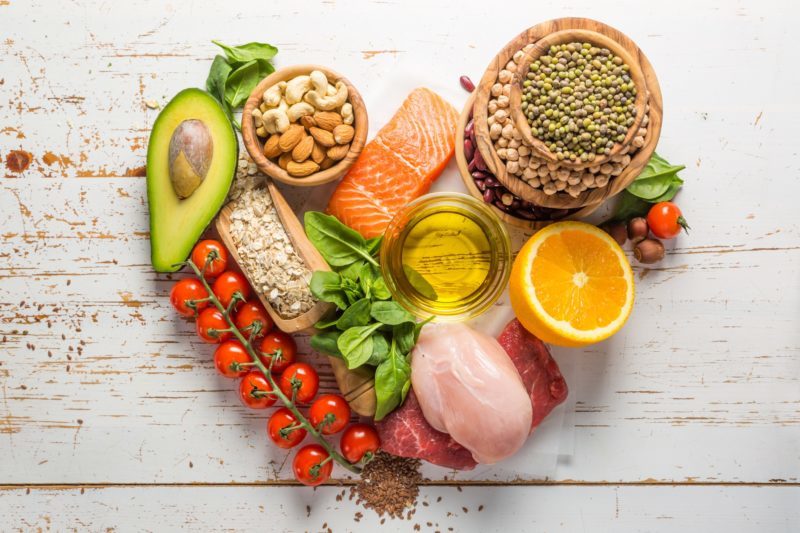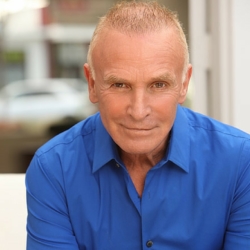Ten years ago, cardiologist Steven Sinatra, M.D., and I came together to write a book calledThe Great Cholesterol Myth, which, as you can imagine, was a pretty controversial name for a book. It landed us on the Dr. Oz show where I said, “Trying to reduce the risk of heart disease by lowering your LDL cholesterol is like trying to reduce the calories on your whopper by taking off the lettuce.”
That statement is even truer today than it was a decade ago.
A lot has changed in the way conventional medicine views cholesterol and heart disease since 2010. We now have technology that allows us to clearly identify at least 13 different subtypes of cholesterol, many of which behave in unique ways in the body. Being able to measure cholesterol with much greater specificity than ever before is good news indeed, because it gives us much more information and far greater accuracy when it comes to predicting future cardiovascular events.
The sad news is doctors are mostly still measuring cholesterol the old-fashioned way. That’s equivalent to doing long division with a pad and pencil when you’ve got a smartphone available—it’s slow, cumbersome, and frequently inaccurate. We discuss this at length in the new, revised, and updated version ofThe Great Cholesterol Myth, which comes out in October 2020 and is available now for preorder.
In the new book, we talk about the sophisticated lab tests that now exist to tease out risk factors that have been hiding in plain sight for decades—factors we now understand are directly and profoundly connected to heart disease.
There are now at least a dozen cardiac markers that we can test that influence the likelihood of you getting heart disease. And best of all, many of these risk factors can be strongly modified by our own life choices. Spoiler alert: One of the most important of these risk factors isinsulin resistance, which most doctors don’t even know to check for, and can almost completely be reversed by diet. (I’ll be discussing insulin resistance and its role in heart disease in my next few columns.)
And it’s not just insulin resistance that points the way to oncoming heart disease, which it does far more effectively and accurately than LDL (“bad”) cholesterol ever did. Every year we meet more and more physicians at conferences who are realizing the importance of inflammation and oxidation in making arteries vulnerable to plaque. Every year we meet more and more physicians who have come around to the notion that nutrition and diet—the redheaded stepsister of traditional medical education—can be powerful allies in the fight against heart disease (and not, as previously believed, by adhering to a low-fat diet!). And every year we meet more physicians who have come to question the usefulness of statins (the major class of drugs used to lower cholesterol). Statins lower cholesterol just fine! The question is whether they prevent deaths.
And the answer, sadly, is no.
The connection between diabetes and heart disease—sugar, anyone?—is the central thesis of the new edition of the book. Insulin resistance is something that nearlyalways precedes (or accompanies) type 2 diabetes. And—as we argue in the book—diabetes isalmost alwaysan early warning sign for heart disease.
Understanding insulin resistance—and how to prevent, treat, and even reverse it—is one of the most important things you can do if you want to prevent heart disease. In the new book, we argue that if you catch insulin resistance early enough, you can prevent heart disease—for many, if not most, people. One study we talk about in the book showed treating insulin resistance properly could prevent as many as 42% of all heart attacks.
Now for the bad news: Most doctors don’t know this. Even worse, most are still prescribing powerful drugs for a condition known as “high cholesterol” which is really not a medical condition at all, but a number on a lab test—a lab test that, in 2020, has long been past its expiration date.
It’s time to stop concentrating on lowering LDLcholesterol and start paying attention to how we can lower the risk ofheart disease.
They arenotthe same thing.

2025 Natural Choice Awards
March 31, 2025









